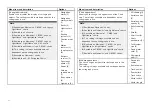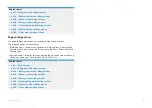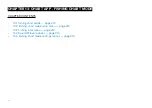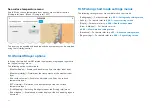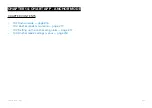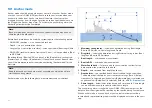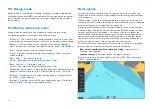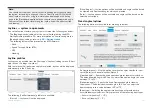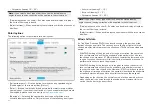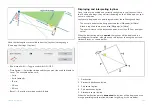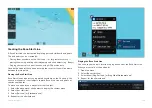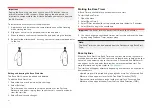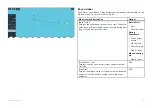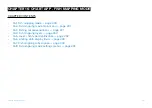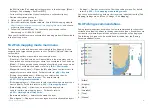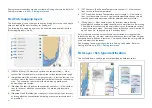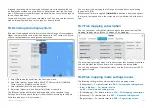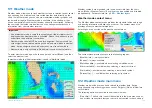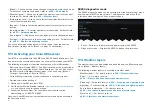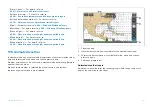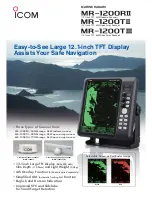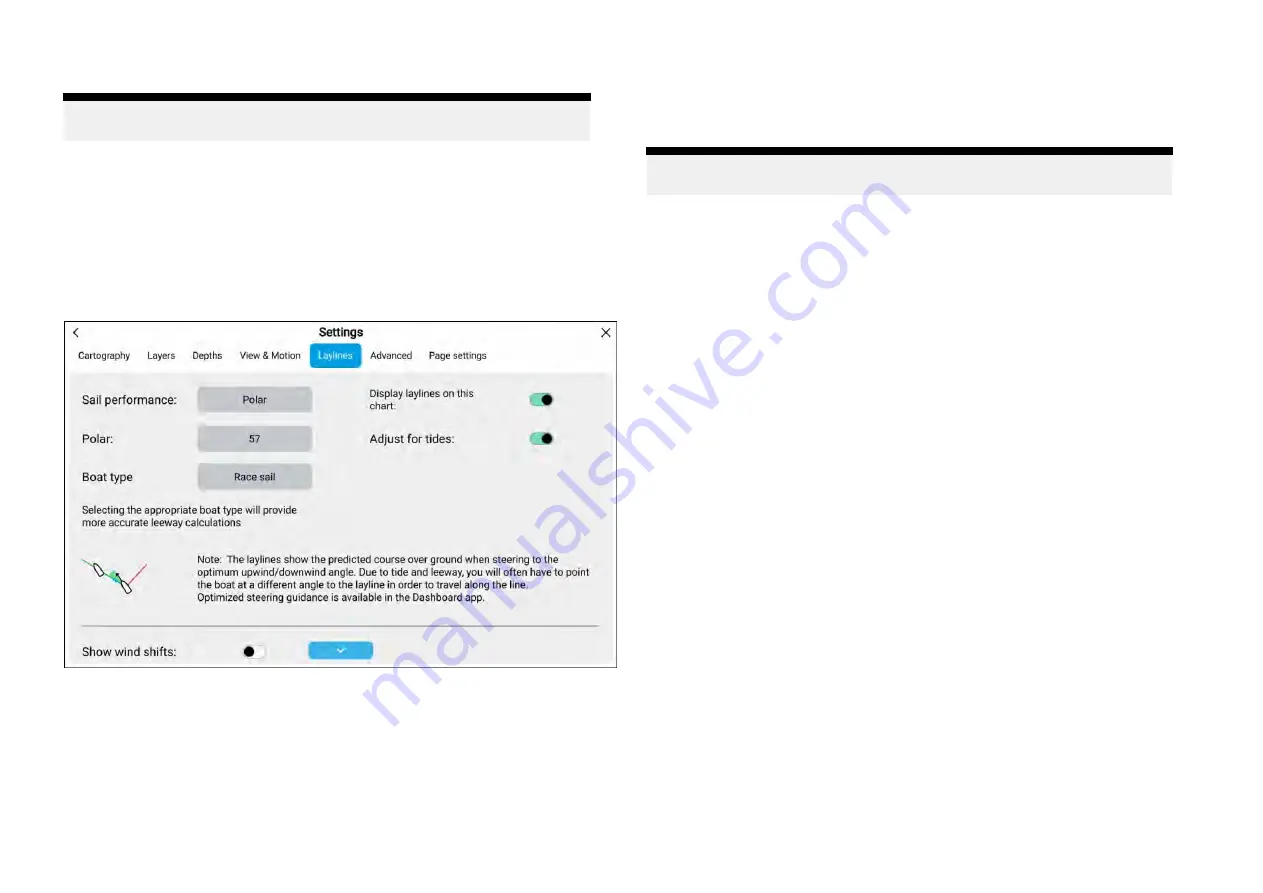
– Catamaran (leeway 10° – 20°)
Note:
If you select a boat type other than one with stated leeway
angles then no leeway correction will be applied in the calculations.
•
[Display laylines on this chart]
— Enables and disables display of laylines
the current Chart app instance.
•
[Adjust for tides]
— When enabled layline calculations will take into account
tidal flow.
Polar laylines
The following options are available for polar laylines:
•
[Sail performance]
— Use this option to switch to using specified angles
[Fixed angles]
or to disable laylines
[Not set]
.
•
[Polar]
— Browse the list to find the boat model that most closely matches
your own boat. If your boat is not listed, or if you have polar data you would
like included, please send an email to
.
•
[Boat type]
— Selecting the appropriate boat type will provide more
accurate leeway calculations. Only select one of the following boat types:
– Sail cruiser (leeway 5° – 10°)
– Race sail (leeway (3° – 5°)
– Catamaran (leeway 10° – 20°)
Note:
If you select a boat type other than one with stated leeway
angles then no leeway correction will be applied in the calculations.
•
[Display laylines on this chart]
— Enables and disables display of laylines
the current Chart app instance.
•
[Adjust for tides]
— When enabled layline calculations will take into account
tidal flow.
Wind shift data
As True Wind Direction (TWD) is constantly changing, the position of the
laylines changes over time. These changes are shown as lighter colored
shaded triangles which represent the variation of TWD over a specified time
period.
• With TWD holding at the high end of its range of variation, the vessel can
tack to starboard and will lay the windward or leeward mark as it enters
the shaded area. However, if TWD shifts back towards the lower end of its
range of variation, the vessel will fall short of the layline and may have to
perform extra tacks to reach the waypoint.
• With TWD holding at the low end of its range of variation, the vessel can
tack to starboard and will only lay the windward or leeward mark when it
reaches the end of the shaded area. However, if TWD shifts back towards
the high end of its range of variation, the vessel will overstand the windward
or leeward mark and may need to travel farther to reach the waypoint.
• Depending on the situation, the normal course of action would be to tack
when the vessel is halfway through the shaded area. However this may
not be the shortest or quickest route.
222
Summary of Contents for LIGHTHOUSE 4
Page 2: ......
Page 4: ......
Page 20: ...APPENDIX C HARDWARE AND SOFTWARE COMPATIBILITY 478 APPENDIX D DOCUMENT CHANGE HISTORY 480 20...
Page 414: ...414...
Page 451: ...4 Select Delete again to confirm 5 Select OK YachtSense ecosystem 451...
Page 484: ......
Page 503: ......

